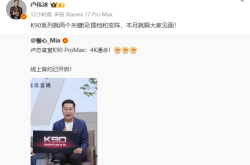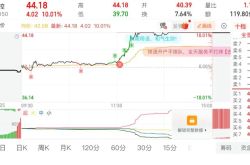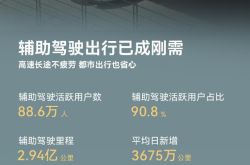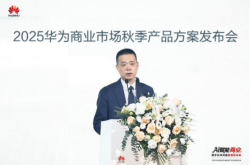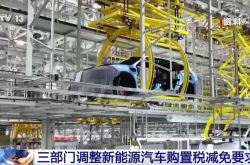Xiaomi is loyal, Qualcomm breathes a sigh of relief
![]() 09/28 2025
09/28 2025
![]() 568
568
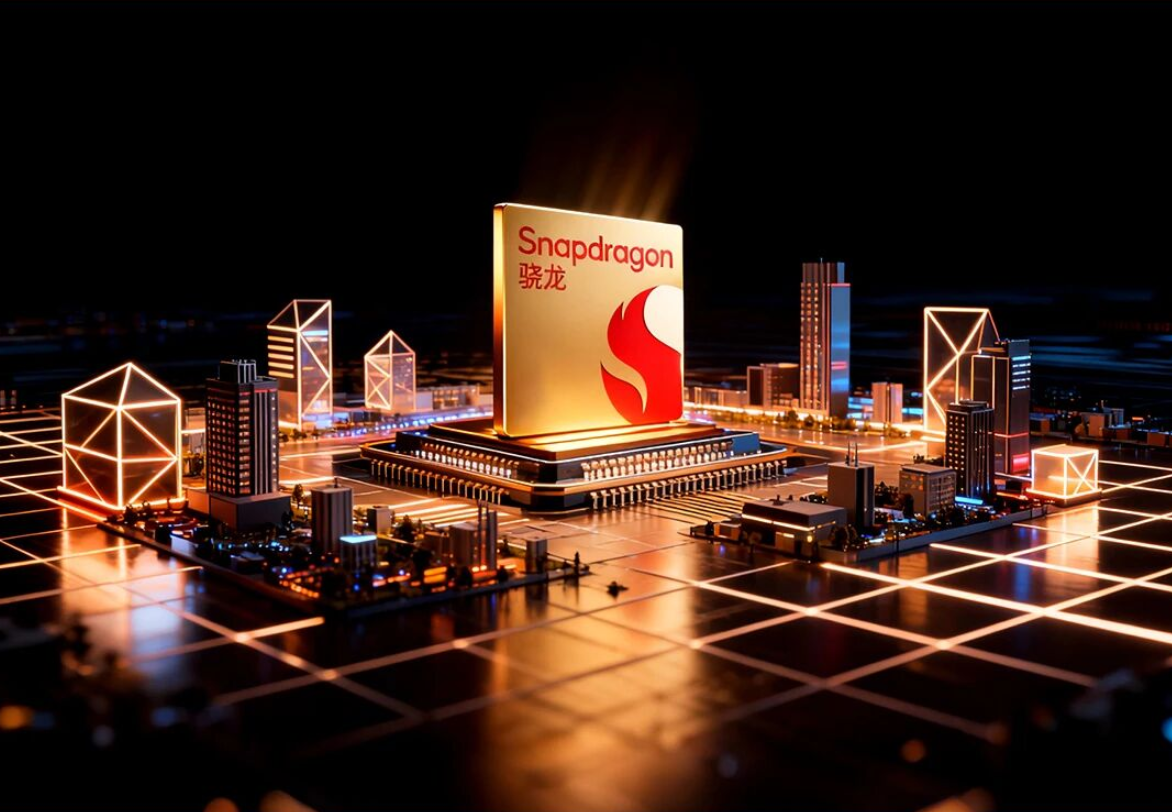
Source: Byte Source
Qualcomm is feeling a bit uneasy lately.
On September 26th, at Qualcomm's annual Snapdragon Technology Summit, anxiety was palpable.
Seeing that Silicon Valley is no longer playing with it, as a series of major moves there have left it out, Qualcomm can only cling tightly to China.
With its left hand holding onto Xiaomi, the "cash cow" of the smartphone era, and its right hand reaching out to the new blue ocean of embodied intelligence represented by Unitree Technology, Qualcomm is diving into the AI circle.
As self-developed chips from Chinese smartphone brands like Xiaomi gradually come to fruition, Qualcomm needs to come up with its own PLAN B.
01
Exiled from Silicon Valley
Although Qualcomm's performance is not bad, it seems to be ostracized by its peers.
Qualcomm's third-quarter fiscal year 2025 results showed revenue of $10.365 billion, up 10% year-over-year, with net income of $2.666 billion, up 25% year-over-year. Revenue from the mobile business was $6.328 billion, up 7.3% year-over-year, but the automotive and IoT businesses grew faster, at 21.3% and 23.7%, respectively.
However, Qualcomm was absent from Silicon Valley's largest chip projects.
A year ago, Qualcomm was the protagonist in the acquisition of Intel.
At the time, the news was described in vivid detail, with multiple agencies predicting that if the acquisition were to succeed, it would mark another unprecedented merger and acquisition in the history of the tech industry.
A year later, the picture changed dramatically.
SoftBank, the U.S. government, and NVIDIA completed a dazzling "overhaul" of Intel in just over a month.
NVIDIA's move, in particular, almost directly pulled Intel out of the ICU.
On September 18th, NVIDIA announced it would invest $5 billion in a strategic stake in its former "rival," Intel.
"This historic collaboration tightly integrates NVIDIA's AI and accelerated computing stack with Intel's CPUs and vast x86 ecosystem, achieving the fusion of two world-class platforms," NVIDIA CEO Jensen Huang's statement was filled with grand narrative.
In NVIDIA's plan, it will customize x86 CPUs for Intel for AI infrastructure, while Intel will manufacture and supply system-on-chips (SOCs) integrated with NVIDIA RTX GPUs.
Subsequently, Intel's stock price soared, rising over 29% before the market opened and closing up over 22%.
Currently, there are rumors in the market that Intel is in talks with Apple to seek its investment in the company to revitalize its chip business. After the news broke, Intel's stock price surged over 8% during the trading session on September 24th before slightly retreating and closing up 6.41%.
The Silicon Valley saga between Apple and Intel is complex enough to be written into a business novel. They were once close allies for over a decade, with the heart of the Mac once bearing only the "Intel Inside" logo. But ultimately, in 2020, Apple, in pursuit of "autonomous control over core technologies," completely "abandoned" Intel on the Mac product line, switching to its self-developed M-series chips.
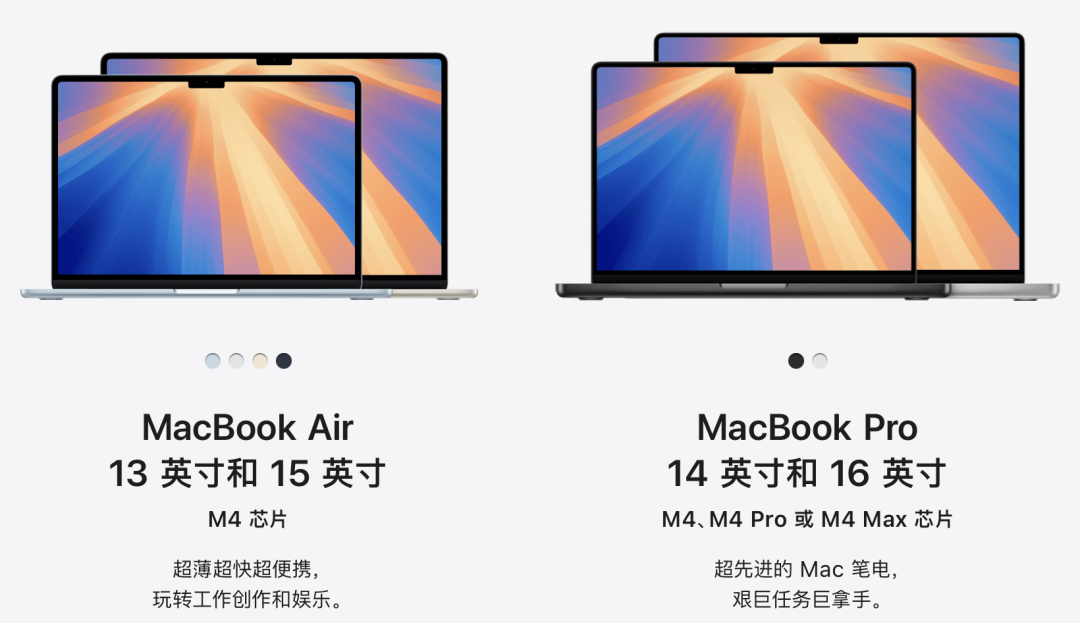
Screenshot from Apple's official website store
And it was a thorough abandonment, directly switching to the ARM architecture and relegating x86 to the back burner.
Just when the outside world thought Apple would completely disappear from Intel's story, it made a sudden comeback.
If this deal goes through, then in the project to "overhaul" Intel, almost all the heavyweights in Silicon Valley's chip circle will be gathered. The only one missing is Qualcomm, which seems to be forgotten by Silicon Valley.
02
Lei Jun is very loyal
When business is stalled in Silicon Valley, Qualcomm begins to seek breakthroughs in other areas.
According to 2024 data, China contributes 46% of Qualcomm's revenue, far higher than the 25% from the United States and 20% from South Korea. China can be said to be Qualcomm's bread and butter.
After Huawei sparked the trend of self-developed chips, mainstream Chinese smartphone brands like Xiaomi and OPPO followed suit. Regardless of whether there is a finished product, at least they are making moves in this direction.
On September 25th, Xiaomi CEO Lei Jun stated at the annual speech that he has always had a dream of developing chips. As early as 11 years ago, just four years after Xiaomi was founded, it fully established Songguo Electronics to begin self-developing SoC chips.
In 2021, Xiaomi restarted its chip development efforts, but the pressure from hundreds of millions of dollars in investment was immense. Faced with internal and external doubts, Lei Jun clearly stated that Xiaomi's chip development would never waver.
After three years, on May 22nd, 2024, the much-anticipated Xuanjie O1 had its first silicon back, with the system successfully lighting up that night and all modules fully tuned the next day.
At Xiaomi's 15th anniversary strategic new product launch conference, Xiaomi's self-developed chip, the "Xuanjie O1," was officially released. The chip adopts the second-generation 3nm advanced process technology with 19 billion transistors and a chip area of 109mm².
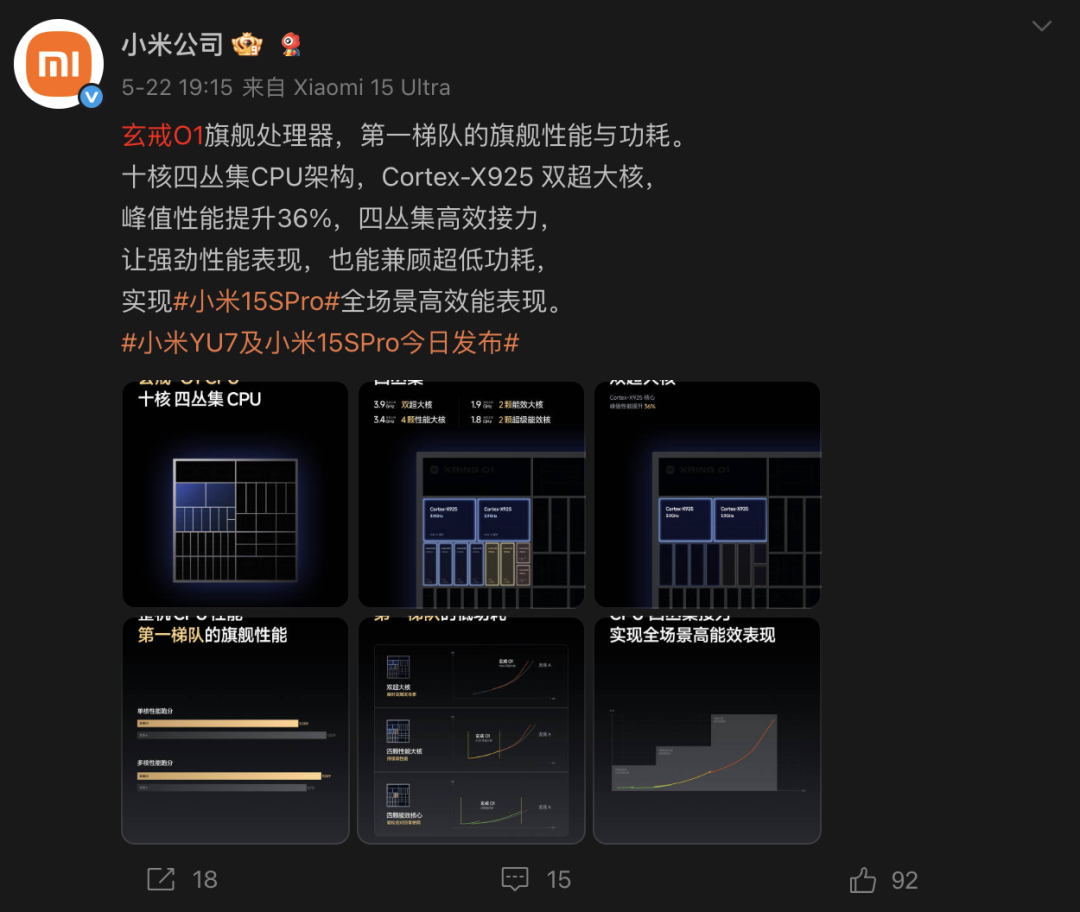
Screenshot from Weibo @Xiaomi Corporation
In other words, even with its own chips, Xiaomi still uses Qualcomm's chips.
As Xiaomi's latest flagship, the Xiaomi 17 Pro series is powered by the fifth-generation Qualcomm Snapdragon 8 Elite, manufactured using TSMC's 3nm process (N3P). At Qualcomm's third-quarter fiscal year 2025 earnings conference, it disclosed that the company continues to advance cooperation with downstream mobile OEMs (original equipment manufacturers), signing a multi-year agreement with Xiaomi Group to continuously supply the "Snapdragon 8" series mobile chips for multiple generations of Xiaomi's high-end mobile phones.
For Xiaomi, if the performance of its self-developed chip, the "Xuanjie O1," is up to par, combined with the adaptation of the Pengpai system, even if the chip's hard power is slightly inferior to top-tier chips, it can still achieve a Overtaking on a curved road (bend overtaking, meaning to overtake by taking a different path) through later system optimization.
At the same time, with the blessing (support) of self-developed chips, the narrative logic of Xiaomi's entire product line will heavily emphasize the nationalistic aspect of self-developed chips, which will undoubtedly elevate the brand tone of the entire product line. Looking at Huawei's performance in the high-end market, one can see the power of this marketing rhetoric.
After all, Qualcomm has almost accompanied Xiaomi throughout its entire growth history and cannot be easily replaced. At last year's Qualcomm China region launch event, Xiaomi's Lu Weibing came to show support. From the PPT Lu Weibing presented on-site, it can be seen that Xiaomi and Qualcomm have been cooperating for 12 years, and during these 12 years, they have been deeply cooperating, with many flagship processors being first launched by Xiaomi.
Xiaomi, which is determined to go high-end, is time to consider switching to its own chips and abandoning Qualcomm.
03
Qualcomm's Network
Besides Lei Jun and Xiaomi, Qualcomm is also striving to expand its network.
"Qualcomm has been talking about the implementation of on-device AI for the past two years, and now I'm glad to see that both Chinese and American tech giants are paying attention to the implementation of AI," Qualcomm China Chairman Frank Meng admitted at the 2025 Snapdragon Summit.
To cater to the Chinese audience's schedule, Qualcomm CEO Cristiano Amon adjusted his speech time to 9 a.m. Beijing time. At the same time, Qualcomm also specially set up a Chinese sub-venue and invited operators, mobile phone companies, software companies, and popular AI companies like Unitree Technology to stand on stage.
Meng revealed, "Qualcomm started advocating the importance of on-device AI many years ago and has been working with downstream brands to promote the implementation of AI. In the future, all products will need to be redone with AI."
Even Unitree Technology, the current darling of the AI circle, came to support Qualcomm.
Previously, Unitree Technology frequently appeared at NVIDIA's events and rarely supported Qualcomm.
At the summit, Unitree Technology founder, CEO, and CTO Wang Xingxing believed that innovations in communication connectivity are crucial for the development of humanoid robots, and the robot's own mobility and spatial constraints determine its unique and more stringent requirements for chip computing power and power consumption control.
"Our team has basically achieved last year's planning goals in the first half of this year, enabling robots to understand complex instructions and make smooth and fluid movements. By the end of next year at the earliest, humanoid robots will be able to understand human instructions and perform any actions, even in unseen scenarios," Wang said.
Qualcomm already showcased applications related to embodied intelligence at the 2021 China International Import Expo. As for whether it will develop new chips specifically for embodied intelligence terminals, like it does for mobile phones and PCs, Meng believes that when any new terminal category emerges, the initial approach is usually to make some minor adaptations based on existing mainstream chips, and the hardware may not necessarily undergo significant changes.
After all, the mainstream narrative of AI chips in Silicon Valley belongs to NVIDIA and AMD, especially NVIDIA, which has been making frequent moves lately. Besides overhauling Intel, it also partnered with OpenAI a few days ago to invest $100 billion in computing power for OpenAI.
Since the explosion of ChatGPT in 2022, AI infrastructure (including data centers, GPU clusters, cooling systems, and power supply) has become the focus of tech giants and investors. In 2025, this trend will further accelerate, with global data center investment potentially reaching $7 trillion. Currently, Microsoft, Google, Amazon, and Meta have announced multi-billion-dollar AI infrastructure plans.
After a series of overhauls, Intel also has the opportunity to return to the main track of AI chips. Seeing that its Silicon Valley peers have all secured tickets to the AI era, there is not much room left for Qualcomm to maneuver.
Some images are sourced from the internet. Please inform us if there is any infringement for deletion.

